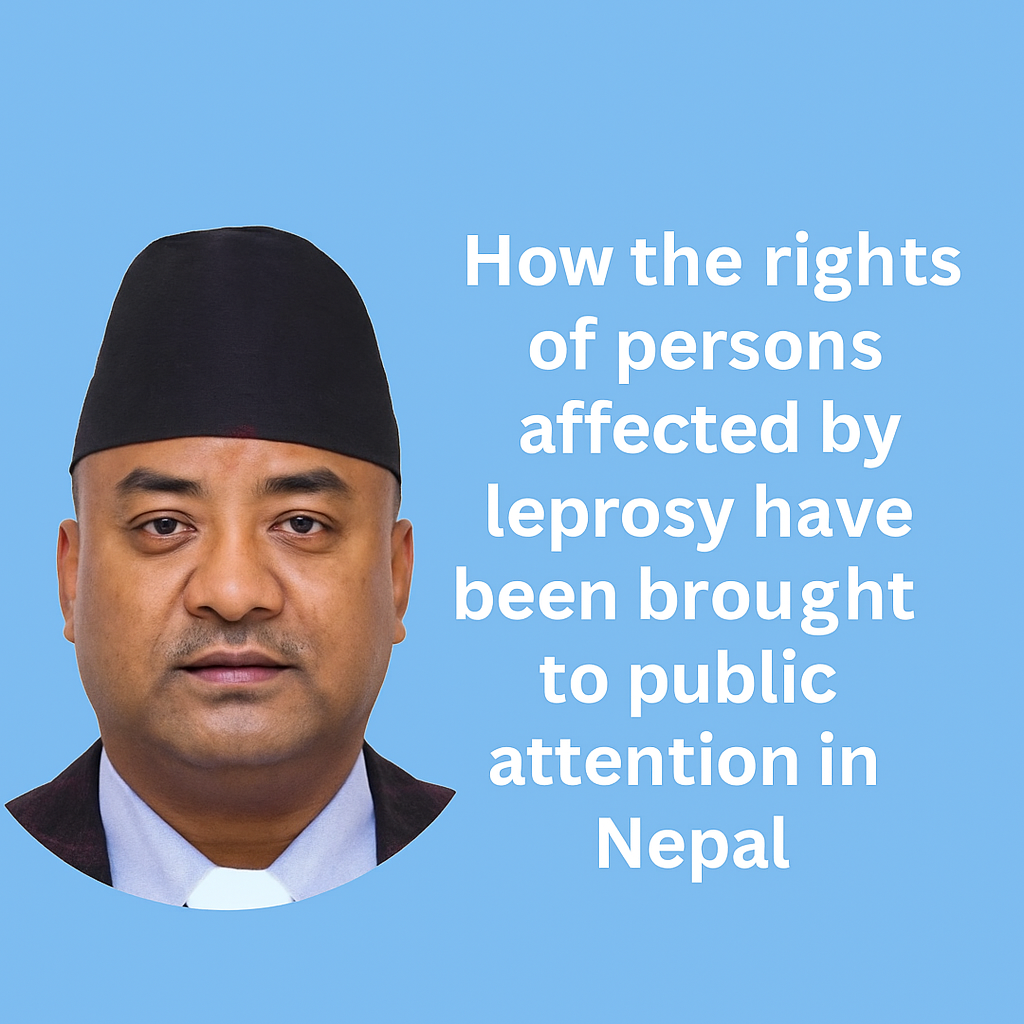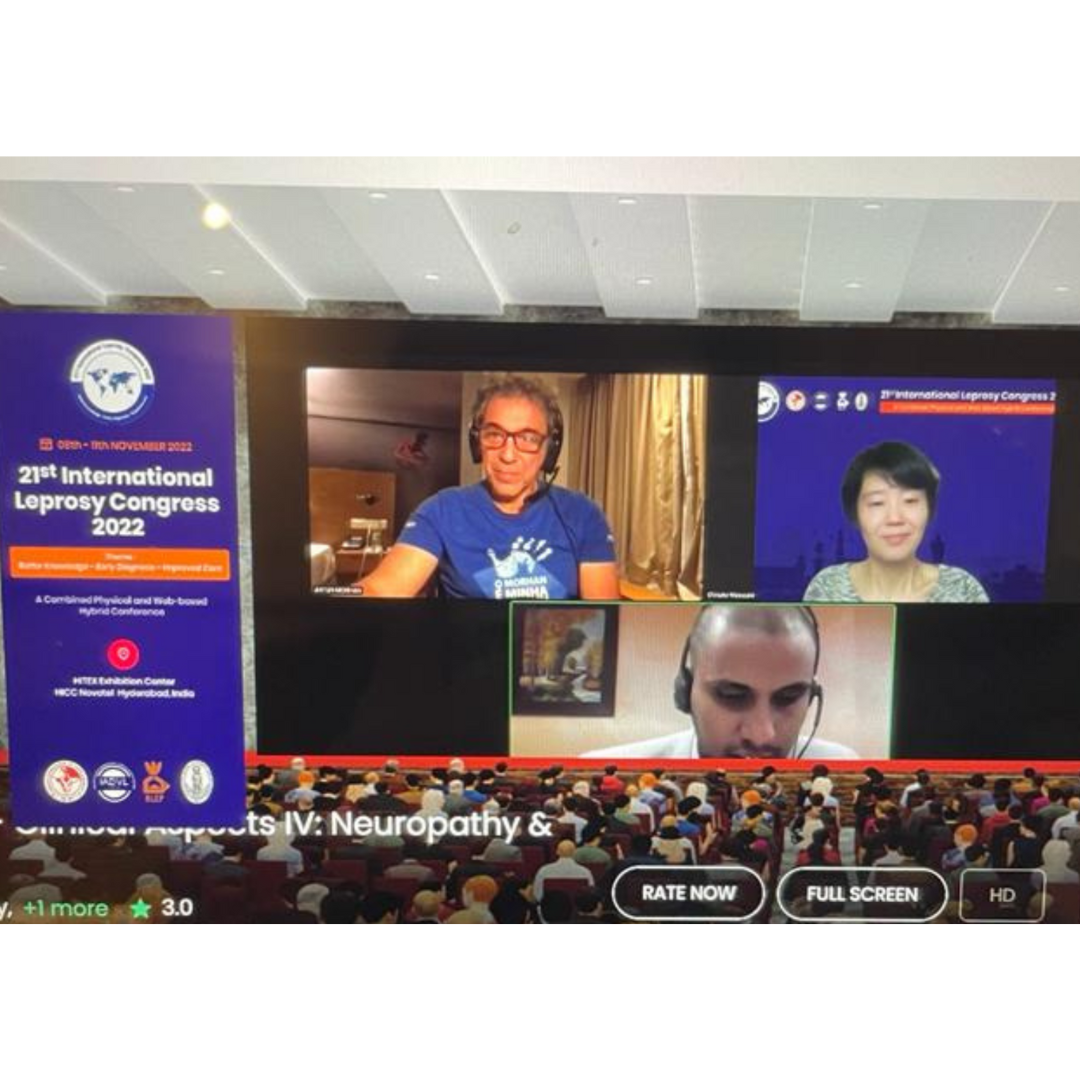
Dr. Jessica K. Fairley
Associate Professor of Medicine, Global Health, and Epidemiology
Emory University
Dr. Fairley is an infectious disease specialist based in Atlanta, Georgia, a city in southeastern United States with a humid subtropical climate. She directs the government-funded Atlanta Hansen’s Disease Clinic at the Emory TravelWell Center.
The United States has a long history with leprosy, or Hansen’s disease (HD), that continues to the present day. While there is debate about whether the bacillus was first introduced to the Americas along with the arrival of Europeans and enslaved Africans 500 years ago or earlier during human migration from Asia 12,000 years ago [1], there is no question that the last 150 years has seen significant attention and developments around HD in the United States (US).
Less than 30 years after the Kingdom of Hawaiʻi established the Kalaupapa leprosy colony on Molokaʻi in 1866, the State of Louisiana established the Louisiana Leper Home in 1894 at an abandoned plantation along the Mississippi River in a similar attempt to isolate individuals with HD. Following the US Public Health Service’s purchase of the property in 1920, individuals with HD were sent to Carville from across the country as part of a national forced isolation policy. While the negative legacy of this policy must be acknowledged, it is also true that many developments occurred at Carville that shaped our current approach and understanding of HD, in particular the discovery of dapsone precursors in the 1940s [2].
More recently, US-based research has brought to light the armadillo’s role in the epidemiology of HD in the US. Groundbreaking research done by Dr. Richard Truman and others shows the correlation of armadillo genotypes with local human infections [3] [4], a discovery that has led to the identification of nine-banded armadillos as reservoirs in other parts of the Americas.
What does the epidemiologic and clinical landscape of HD look like now in the United States? HD surveillance and clinical support are conducted by the National Hansen’s Disease Program (NHDP), which is run by the Health Resources Service Administration of the Department of Health and Human Services. In 2023, 225 cases were reported to the NHDP, a 10-year high [5]. It is unclear whether the 2023 incidence reflects a rebound from 2020/2021, when cases went undiagnosed likely due to COVID-19, or if it represents a true upward trend. Either way, reports of autochthonous cases have brought more attention to a potential emerging infection in armadillo-inhabited regions of the US. In fact, a case report from Florida made it to lay press in 2023 due to its description of rising cases in the state in recent years, igniting fears of an HD “outbreak” in central Florida [6]. While these fears were overblown, there is no doubt that non-immigrant cases have increased in recent years in the southeast from central Florida up through Georgia. This growth in the number of new cases has mirrored the migration of certain populations of the nine-banded armadillo from the western coast of the Gulf of Mexico into these regions.
As an HD physician practicing at a clinic in the southeast, I am concerned by these trends. Over the past 10 years, I have cared for a growing number of individuals who have no history of international travel to, or residence in, countries typically thought of as endemic for HD.
The current epidemiologic situation in the US makes it an ideal place to better understand environmental reservoirs and modes of transmission of the bacilli. The country appears to have minimal human-to-human transmission as evidenced by the fact that, anecdotally, household contacts rarely if ever get infected: At our Atlanta clinic, not one of our patient’s household contacts have been diagnosed with HD in over 30 years. While the US has a clear alternative source of infection, the armadillo, the bacteria causing HD is the same as everywhere else in the world. Therefore, we have a golden opportunity to take these clinical and epidemiologic observations and describe, once and for all, the various ways that Mycobacterium leprae and M. lepromatosis are transmitted. Elucidating environmental and zoonotic transmission would not only benefit public health in the US, but would have implications globally, bringing us that much closer to our goals of zero transmission.
References
[1] Mark S. Early Human Migrations (ca.13,000 Years Ago) or Postcontact Europeans for the Earliest Spread of Mycobacterium leprae and Mycobacterium lepromatosis to the Americas. Interdiscip Perspect Infect Dis. 2017;2017:6491606. doi:10.1155/2017/6491606
[2] Faget GH, Pogge RC, Johansen FA. Present status of diasone in the treatment of leprosy. Public Health Rep (1896). Jun 28 1946;61:960-3. https://pubmed.ncbi.nlm.nih.gov/20990605/
[3] Truman RW, Singh P, Sharma R, et al. Probable zoonotic leprosy in the southern United States. N Engl J Med. Apr 28 2011;364(17):1626-33. doi:10.1056/NEJMoa1010536
[4] Sharma R, Singh P, Loughry WJ, et al. Zoonotic Leprosy in the Southeastern United States. Emerg Infect Dis. Dec 2015;21(12):2127-34. doi:10.3201/eid2112.150501
[5] Health Resources & Services Administration. “United States Reported Hansen’s Disease Cases by Year, 2014–2023.” Accessed August 29, 2024. https://www.hrsa.gov/hansens-disease.
[6] Bhukhan A, Dunn C, Nathoo R. Case Report of Leprosy in Central Florida, USA, 2022. Emerg Infect Dis. Aug 2023;29(8):1698-1700. doi:10.3201/eid2908.220367









